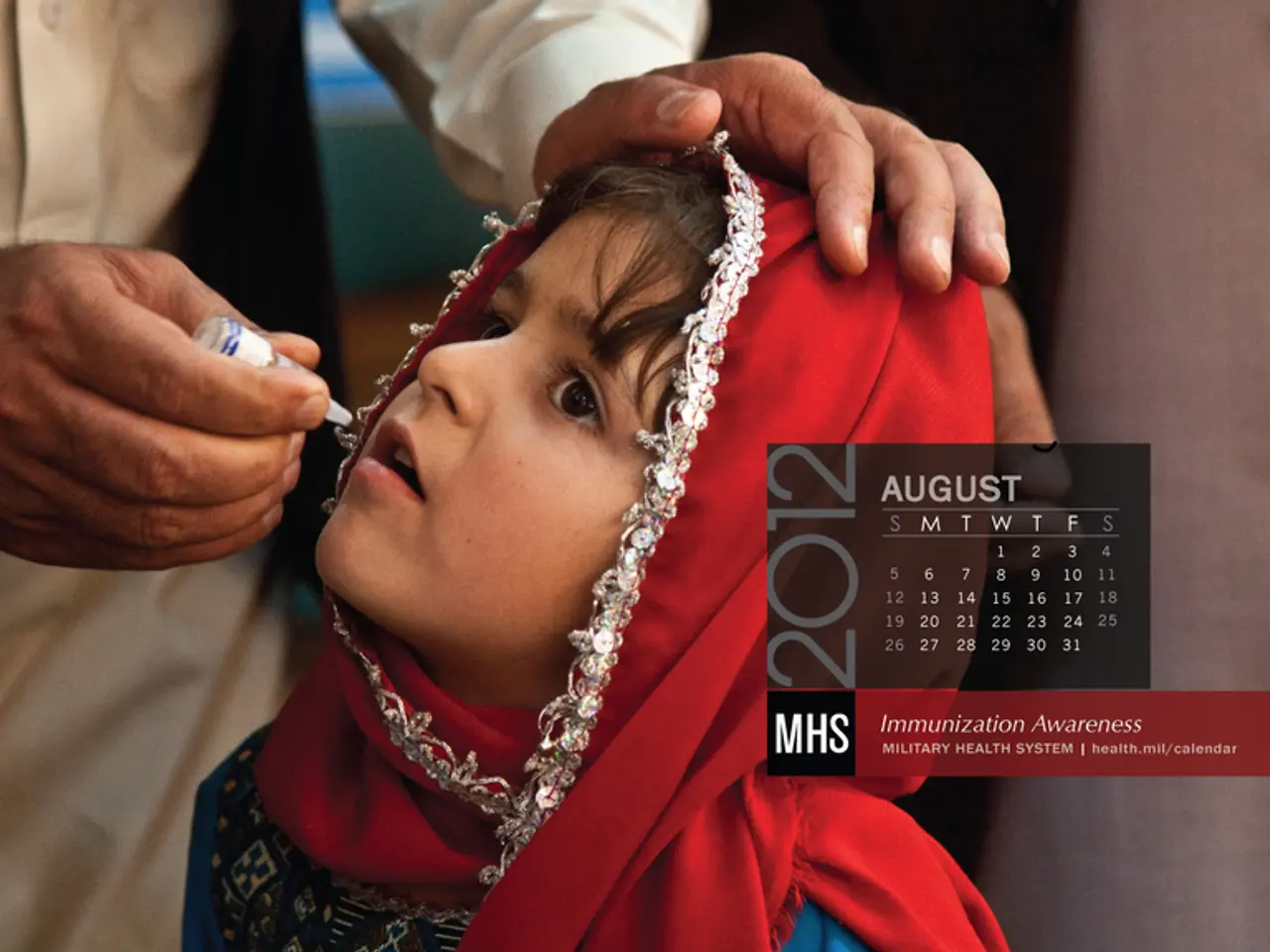City of Rochester Confronts Dual Threat: Naturally occurring disasters and bioterrorism addressed with $11.9 million fund
The University of Rochester Medical Center has received a five-year contract, worth approximately $11.9 million, from the National Institute of Allergy and Infectious Diseases (NIAID) to research flu viruses. This funding will support the center's ongoing efforts to use mathematical modeling to enhance human immune responses against potentially lethal viruses.
The center, led by researchers Alan Perelson and Ruy Riberio of the Los Alamos National Laboratory, along with John Treanor, David Topham, Tim Mosmann, Stephen Welle, Alexandra Livingstone, Mark Sangster, Luis Martinez-Sobrido, Brian Ward, Hongyu Miao, Hua Liang, Gregory Warnes, Jingming Ma, Anthony Almudevar, and Jeanne Holden-Wiltse from the University of Rochester Medical Center, will focus on studying how the immune system responds to flu vaccines.
The aim is to understand why some people have a good response and others don't. To achieve this, the research team will collect blood samples from small groups of people for 11 days after they receive the seasonal flu vaccine. They will also do a similar study in mice and compare the human and animal data to gain valuable information about responses to flu vaccines.
The research will involve analyzing the samples in a battery of cutting-edge cell, protein, and gene expression tests. The data from mice and humans will be used to simulate different flu scenarios and test medical interventions. Using models and simulations is commonplace in many industries, and biomedical research has adopted a similar approach for designing effective vaccines and therapies in the shortest amount of time.
The Rochester's Division of Biomedical Modeling and Informatics provides modeling, statistics, and bioinformatics support to several large biomedical research projects. The center's work aligns well with other flu-related projects at the University of Rochester Medical Center, including the New York Influenza Center of Excellence, the Center for Biodefense of Immunocompromised Populations, and the Health Sciences Center for Computational Innovation.
In addition, the NIAID also awarded contracts to three other centers as part of the Immune Modeling for Biodefense program: Mount Sinai Medical Center School of Medicine, Duke University, and the Virginia Bioinformatics Institute at Virginia Polytechnic Institute and State University. This program emphasizes mathematical modeling, combined with cutting-edge immunology experiments and the development of new computational tools for immunology research.
The contract is a renewal of the Center for Biodefense Immune Modeling at the Medical Center, which was initially funded in 2005. Between 2005 and 2015, total funding for these projects, which comes from NIH and a corporate partnership for HSCCI, is approximately $64 million.
If you need detailed or updated information, it would be best to consult direct publications or official releases from the University of Rochester Medical Center or NIAID, as the search did not yield source-specific details on this topic. The center's approach allows scientists to look at the behavior of the whole immune system over time, predicting outcomes of infections based on various parameters, and informing the design of vaccines and therapies by pinpointing optimal immune activation pathways. This research could lead to more effective vaccines and treatments for influenza and other viral infections.
- The research team at the University of Rochester Medical Center, as part of the Center for Biodefense Immune Modeling, will apply scientific approaches to study the immune system's responses to flu vaccines, leveraging technology and mathematical modeling to design more effective vaccines and treatments for various viral conditions.
- The research project, funded by the National Institute of Allergy and Infectious Diseases (NIAID), will involve the use of advanced cell, protein, and gene expression tests on both human and mouse samples, with the aim of understanding immune responses to flu vaccines and developing novel medical interventions based on computational models and simulations.




